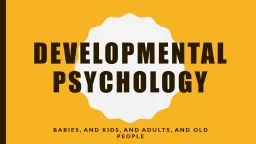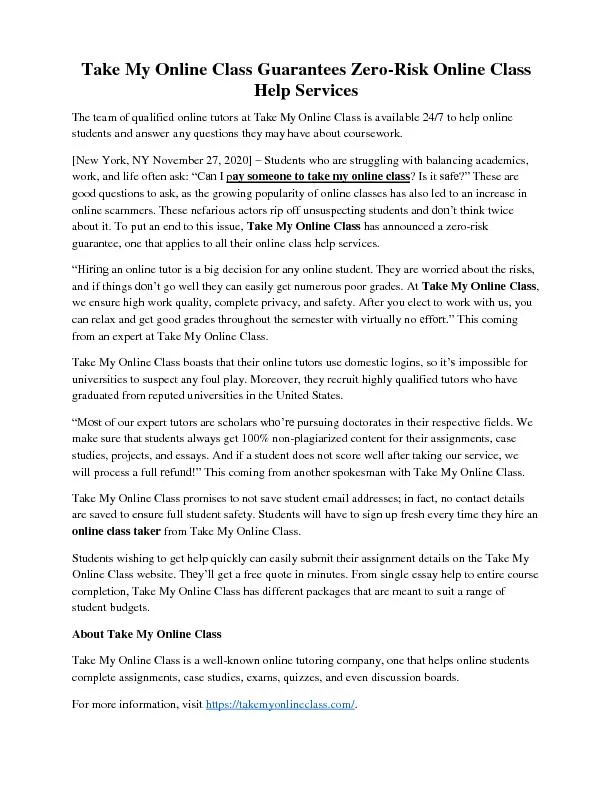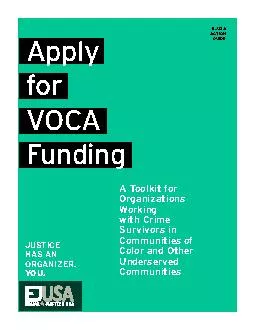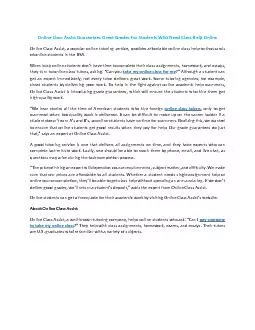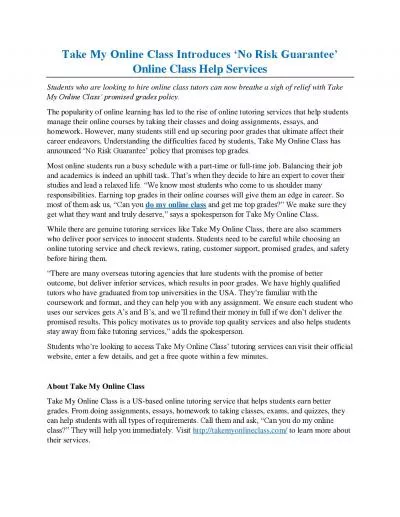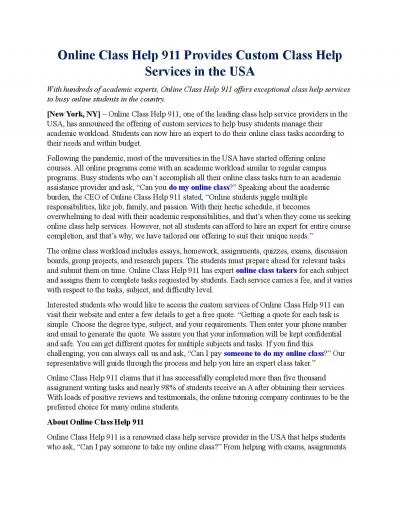PPT-2/4/15 Please take out a blank sheet of paper and put your name and class in the top left
Author : pasty-toler | Published Date : 2018-12-13
Unit 7 FRQ Kim Kardashian is having an emotional breakdown because of her failed marriage to NBA non Super Star Kris Humphries I invited all these people to this
Presentation Embed Code
Download Presentation
Download Presentation The PPT/PDF document "2/4/15 Please take out a blank sheet of ..." is the property of its rightful owner. Permission is granted to download and print the materials on this website for personal, non-commercial use only, and to display it on your personal computer provided you do not modify the materials and that you retain all copyright notices contained in the materials. By downloading content from our website, you accept the terms of this agreement.
2/4/15 Please take out a blank sheet of paper and put your name and class in the top left: Transcript
Download Rules Of Document
"2/4/15 Please take out a blank sheet of paper and put your name and class in the top left"The content belongs to its owner. You may download and print it for personal use, without modification, and keep all copyright notices. By downloading, you agree to these terms.
Related Documents

